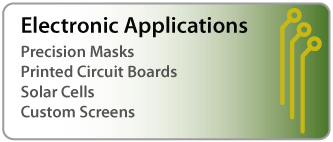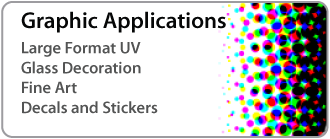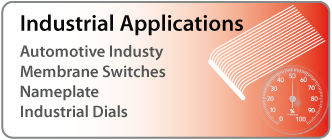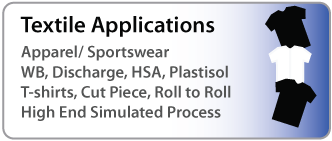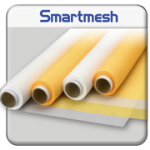[ezcol_1third][/ezcol_1third] [ezcol_2third_end]Murakami Pre Stretched Screens can be stretched with any of our Smartmesh meshes. Stretched on precision stretchers with balanced tensions from frame to frame and consistent mesh to f...
Read More ››
Product Tips
Murakami Pre-stretched Screens
Screen mesh technology has come a long way from the 12xx multilament mesh days. For those too young to know what 12xx means; this was a typical mesh made of multiple
...
Read More ››
Read More ››
Lorem Ipsum Dolor Sit
Ut wisi enim ad minim veniam, quis nostrud exerci tation ullamcorper suscipit lobortis nisl ut aliquip ex ea commodo consequat autem vel eum iriure dolor in hendrerit
...
Read More ››
Read More ››

